Loan waiver is turning out to be the Mandal Commission report of our times.
With the Narendra Modi government offering loan waiver to farmers of Uttar Pradesh, cultivators in every part of the country now want a similar dole, just like the castes and communities who’d fallen over each other to be part of the Mandal report.
On Monday, Haryana farmers pressed for loan waivers by calling for state highways to be blocked for three hours on 16 June. The Haryana government has since started collecting details of outstanding farm loans in the state.
Meanwhile, in Rajasthan, farmers read out a list of 13 demands and announced mahapadav (large gatherings) at eight places from 15 June.
Farmers from Haryana and Rajasthan are just the latest to announce protests for loan waivers, increased minimum support price for crops and other sops for reducing stress on the agriculture sector.
There is, obviously, a pattern. Farmers have realised that state governments are wary of countrywide agitations that may bring the nation to a halt and completely alter the political scenario. Farmers have been emboldened by the decision of the Maharashtra and Madhya Pradesh governments to consider their demands, even if it means putting the state budgets under even more stress.
It is interesting to see how the tide has turned. A few days after protests in Maharashtra began, Chief Minister Devendra Fadnavis argued that the agitators were not genuine farmers but political puppets. When the Opposition earlier sought debt waiver for farmers, he ridiculed them and asked how it would stop suicides in rural Maharashtra.
But Fadnavis has now been forced to announce the ’largest debt waiver’ in the history of Maharashtra.
Faced with a similar demand, Madhya Pradesh chief minister Shivraj Singh Chouhan initially refused to meet the protesters. Like Fadnavis, he too branded the movement a political conspiracy. When five protesters died in police firing in Mandsaur, he refused to acknowledge that his government was responsible. Then he went on an indefinite fast and called it off after a few hours. Finally, he too, announced a loan waiver.
Incidentally, as journalist P Sainath pointed out in his YouTube explainer, when the government announced it would double farmers’ income by 2022, the head of the Group of Ministers to look into that was none other than Chouhan himself.
Karnataka chief minister Siddaramaih has been delaying a decision, primarily in the hope of announcing it just before the Assembly polls. Here, ironically, the Opposition BJP has been threatening that the demands be met immediately, lest it kickstart a political movement. With farmers breaking the resolve of Maharashtra and Madhya Pradesh governments, it is unlikely that Siddaramaih would be able to hold off his own announcement of a debt waiver for too long.
In principle, the farmers’ demands of a waiver is wrong. The contract between the lender and borrower is based on the principle that both sides will fulfill their obligations. But farmers have been left with no choice because of falling prices and years of droughts that have brought them to the edge of ruin.
The average income of farmers, according to the last report of National Sample Survey Organisation, is just around Rs 6,000 per month. In 17 Indian states, farmers earn less than Rs 1,800 per month. This makes it impossible for them to get out of the cycle of debt, especially when prices of crops remain abysmally low.
This disparity in income and prices has created, among farmers, a Mandal-like rush for special assistance. They see debt waiver as the new quota to help them rise up the social and financial ladder and cut their past loose.
In 1990, when VP Singh announced the implementation of the Mandal Commission report, it led to a social upheaval, where even seemingly well-off castes and communities — the Jats for instance — wanted a piece of the quota pie. The similarities can be seen in the dynamic of the farmers’ stir, which began in Marathwada and spread to the more affluent farmers of Maharashtra, Haryana and Punjab.
Like the then prime minister who announced the implementation of the Mandal report for quick political gain, the BJP has unleashed a storm by announcing and implementing debt waiver in Uttar Pradesh before the Assembly polls. After inaugurating a tempest, it is now arguing that states should generate their own finances to address the demands of farmers.
But the genie is out of the bottle. Expect it to kick up a storm across India.


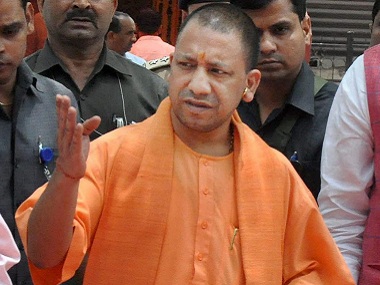)




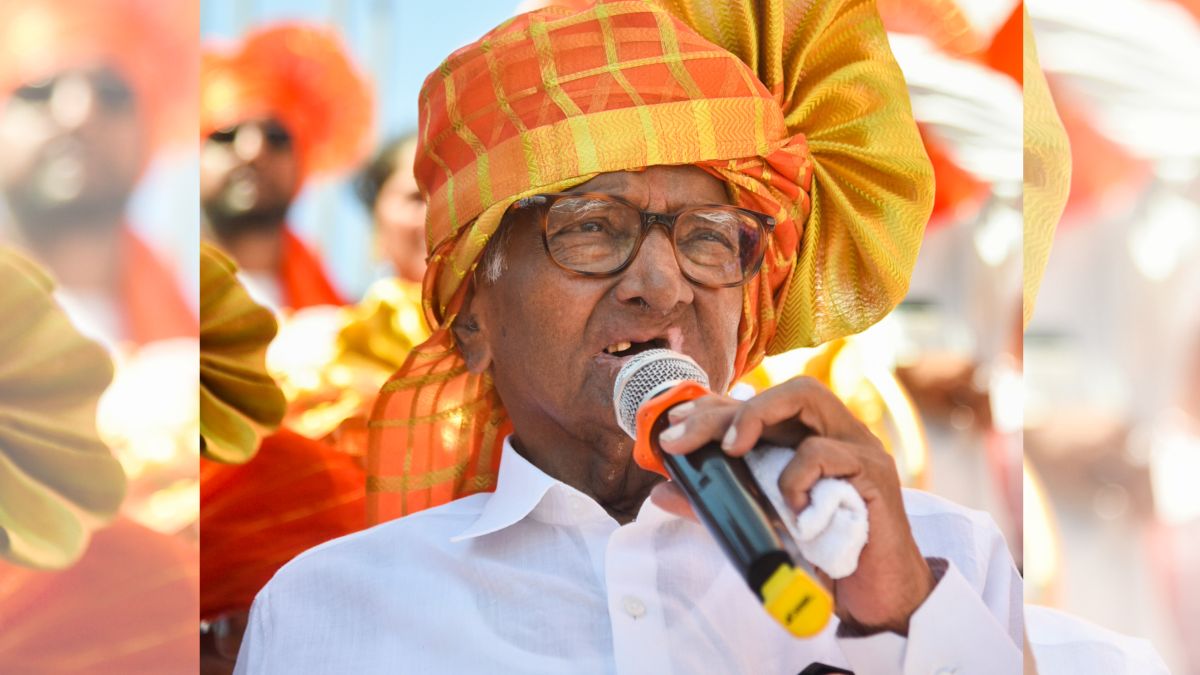)
)
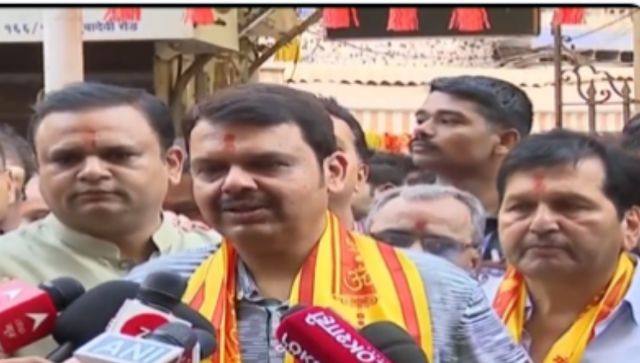)
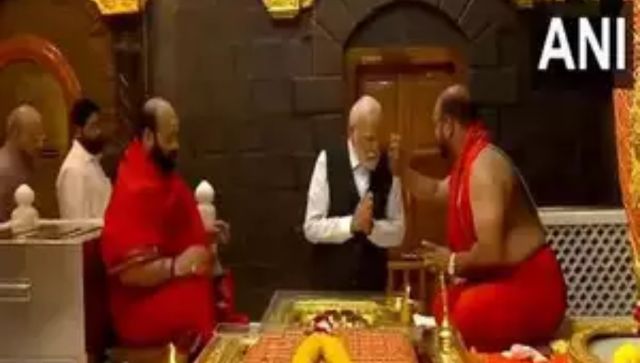)
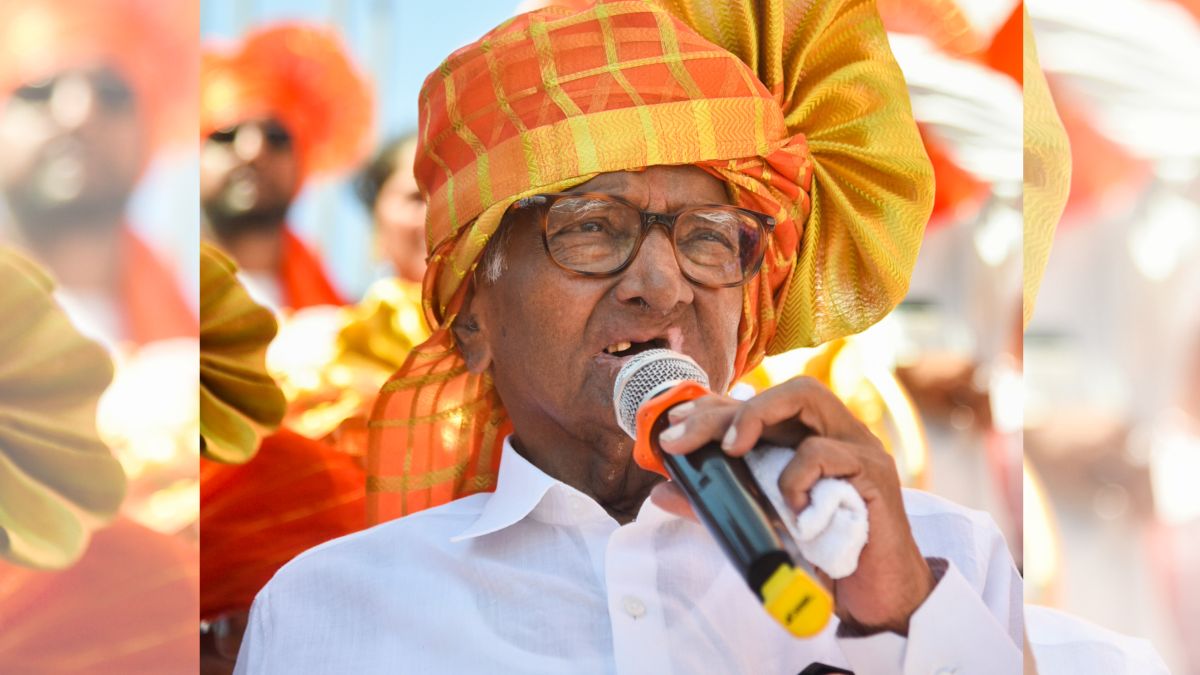)
)
)
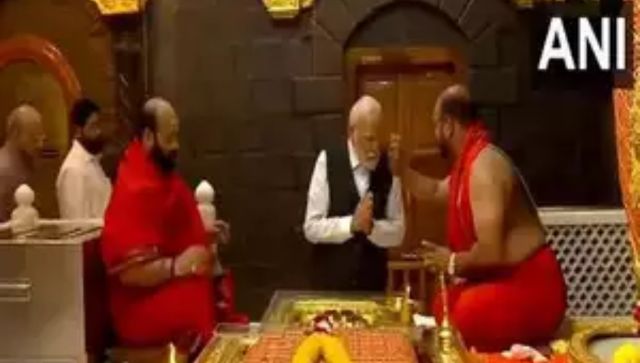)